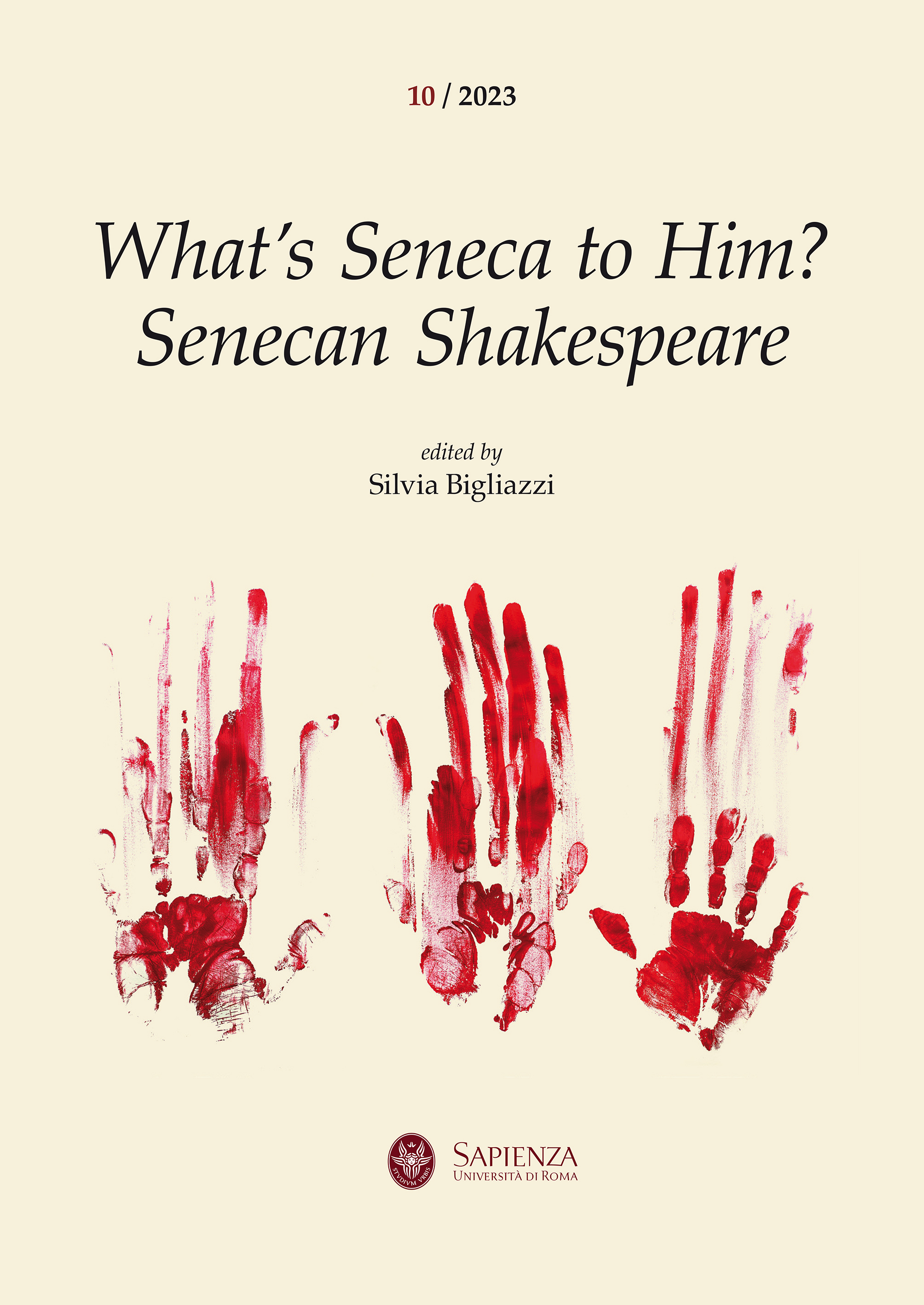Juliet Furens: Shakespeare’s Romeo and Juliet as Senecan Drama
DOI:
https://doi.org/10.13133/2283-8759/18618Keywords:
Juliet, Shakespeare's Sources, Imagination, Ghosts, Hercules, Madness, TranscendenceAbstract
In what may be Romeo and Juliet’s most frightening moment, Juliet imagines what it might be like to awake in a crypt. Juliet’s nightmarish fantasy reads as Senecan, owing not least to her vision of Tybalt’s ghost, an element that derives ultimately from Bandello. But though Shakespeare’s version of the speech closely follows its sources, where it is original it greatly expands upon their Senecanism, culminating with a memory of Hercules Furens: rather than imagine the dead dismembering her, as in Bandello, Boaistuau, and Brooke, Shakespeare’s Juliet fears that she, like the mad Hercules, will desecrate the bodies of her family, plucking Tybalt’s corpse from its shroud and wielding a human bone as a club. If the play becomes a tragedy with the deaths of Tybalt and Mercutio, it is here that it becomes Senecan tragedy, for the Roman playwright haunts Romeo and Juliet to its end, hence Juliet’s Polyxena-like radiance before death. This essay argues that Romeo and Juliet – a play that rarely appears in discussions of Shakespeare’s reception of Roman tragedy – channels the terror and fury of Senecan personae, but also an attitude toward death that looks beyond Stoic resignation and toward transcendence.


